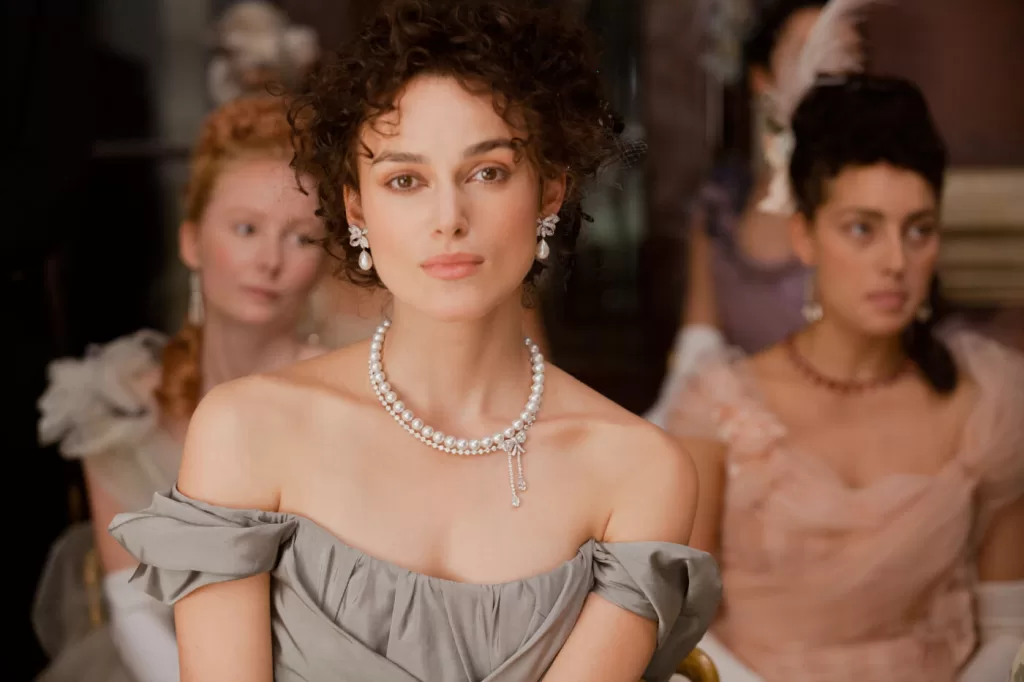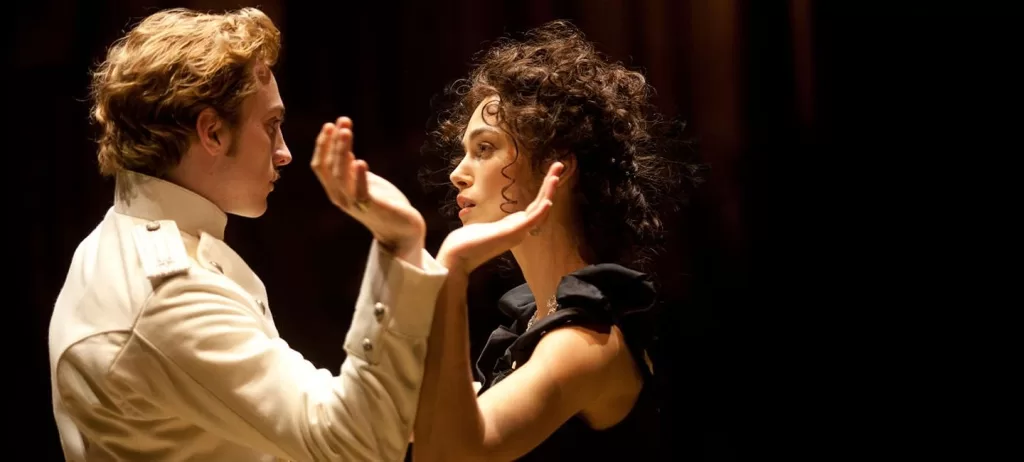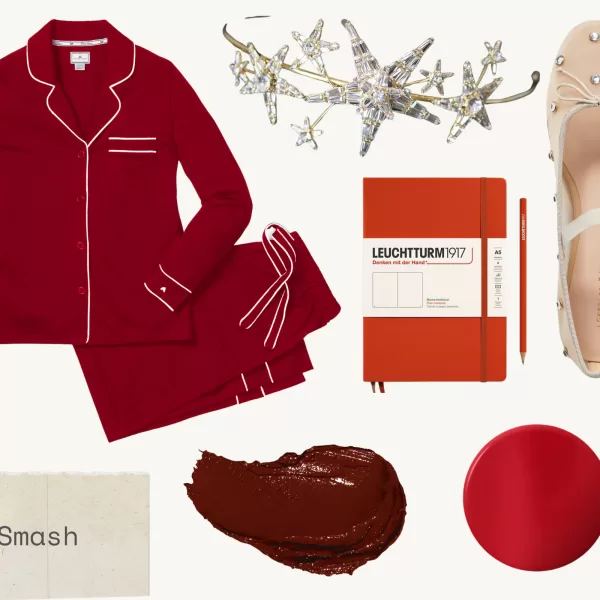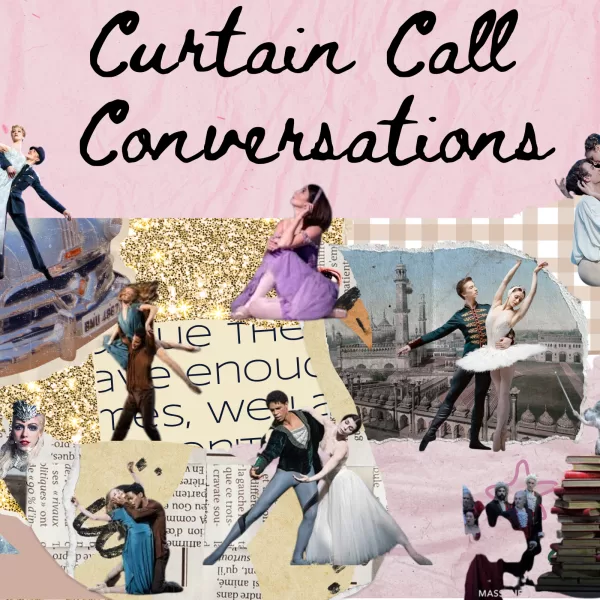Step Into the Scene

A woman dressed in velvet and ruin stands center stage. The chandeliers glitter above her, the audience watches from the shadows, but this is no play. This is her life, and the curtain has already begun to fall. The trains run on time. The gossip hums like violins. She smiles too brightly. Her heart beats too fast.
Joe Wright’s Anna Karenina (2012) is not a traditional period drama. It is a theatrical fever dream ornate, stylized, and heartbreakingly artificial. It dares to stage Leo Tolstoy’s sweeping novel almost entirely inside a crumbling, gilded theatre, where scenes change with the rise of a curtain, and love affairs are whispered from the wings. The result is a story not just about forbidden love and societal judgment but about performance itself.
Anna is not just a woman in love. She is a woman caught in a role she did not choose, unraveling under the weight of its expectations.
The Artistry: What Makes This Film Special?

From the opening frame, Anna Karenina declares itself as spectacle. Sets slide away, staircases unfold, costumes transform mid-step. Time moves like choreography measured, elegant, and fatal. The camera doesn’t observe so much as participate, sweeping across stages, down runways, through the back doors of a world held together by secrets and silk.
Keira Knightley’s Anna moves through it all like a woman constantly adjusting to the light. She is dazzling, infuriating, brittle, alive. Her desire her want shocks even her. She wears every emotion like a costume and every costume like armor.
Jude Law’s Karenin, rigid and internal, barely seems to breathe. He is the embodiment of cold decorum, a man who exists to keep things in place. Aaron Taylor-Johnson’s Vronsky is beautiful, yes but always just a little too perfect, a little too performative. That is the brilliance of it: none of them ever feel entirely real. Because in this world, love is spectacle, and society watches every movement like a performance waiting to collapse.
Dario Marianelli’s score is lush and relentless, twirling around the characters like a waltz they cannot stop dancing. Seamus McGarvey’s cinematography bathes everything in warm lamplight, bruised dusk, and the deep reds of passion and shame. This is a world so beautiful it becomes a trap.
The Cultural Impact: Why This Film Still Resonates

Anna Karenina is a story that has been told many times, but never quite like this. By turning society into a literal stage, Wright doesn’t just update the narrative he strips it down to its bones. Anna becomes a woman suffocated by eyes, by rules, by the machinery of appearance. Her downfall is not caused by love alone, but by a world that demands performance without offering authenticity.
Some viewers found the film’s stylization cold or disorienting, but that discomfort is part of its power. This is not a comforting love story. It is a tragedy of image a cautionary tale about what happens to women who step out of line, even when the stage is their own.
And beneath all the elegance, beneath the velvets and violins, lies the simplest truth: Anna loved too much in a world that expected her to be quiet.


